- Write by:
-
Saturday, July 24, 2021 - 14:27:38
-
568 Visit
-
Print
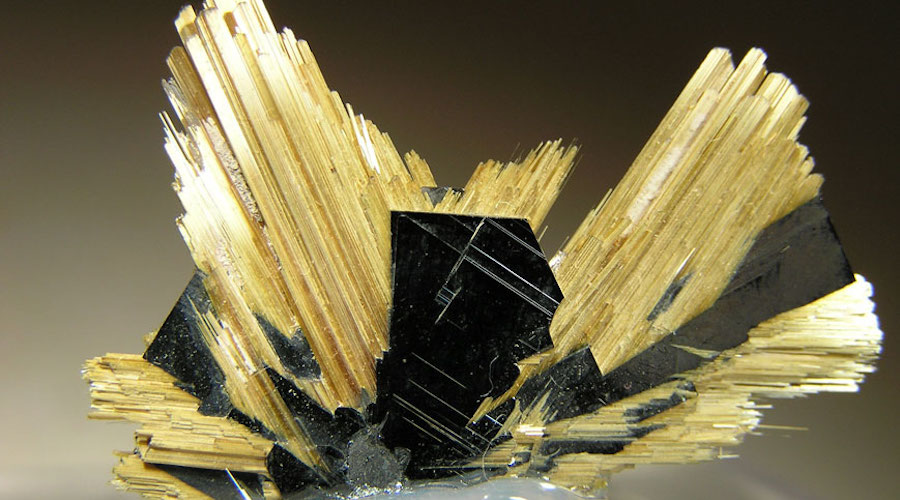
Mining News Pro - Researchers at Curtin University received almost half a million dollars to develop a new method for extracting, identifying, preparing and dating individual crystals of rutile. The goal behind this process is to reveal details of their chemical make-up that could help guide geologists in searching for undiscovered ore deposits.
Rutile is highly resistant to chemical and physical breakdown, which means that its crystals can survive unchanged even when the rocks that once hosted them have been weathered away over time.
“We have established and fine-tuned sample processing protocols to extract rutile grains from rocks, unconsolidated sediments and polished thin sections, identify rutile from other TiO polymorphs using EBSD-SEM techniques and perform in-situ chemical and isotopic analyses on rutile using LA-ICP-MS and SHRIMP methods,” the technical report the scientists submitted to the Minerals Research Institute of Western Australia reads.
“The in-situ analytical techniques include establishing glass and natural rutile standards to produce optimal geochemical data.”
In other words, the team analyzed a number of samples using mass spectrometry and found a clear chemical distinction between rutile associated with richly endowed gold ore systems and rutile from un-mineralized rocks.
That’s when the group noticed that the trace element ‘fingerprint’ of rutile formed in Kalgoorlie-Big Bell-type orogenic gold ore systems and may be unambiguously distinguished from the chemical signature of other gold systems and all other rutile-forming environments.
“Further, this chemical signature appears to survive regolith formation and later overprinting events, except for extreme metasomatism, and is preserved in detrital grains derived from weathering-erosion, transport, deposition and diagenesis. As such, use of detrital rutile in gold exploration may be comparable to diamond indicator minerals for diamond exploration, with similar transport scales from their source (i.e. >100 km),” the document states.
In the researchers’ view, this discovery highlights the potential exploration value of rutile in the ancient landscape of Western Australia and provides mineral exploration companies with a new way of quickly refining their search for undiscovered ore bodies.
“By using our new approach to analyzing rutile in the early stages of mineral exploration, geologists could quickly establish whether or not local rocks may have experienced a mineralizing event,” lead researcher Neal McNaughton said in a media statement.
According to McNaughton, although a similar distinct geochemical fingerprint has previously been reported for rutile from base metal deposits, those analyses did not clearly identify such a marker for the Western Australian deposits studied.
Short Link:
https://www.miningnews.ir/En/News/615100
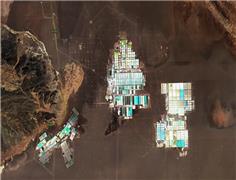
The four largest indigenous communities in Chile’s Atacama salt flat suspended dialogue with state-run copper giant ...
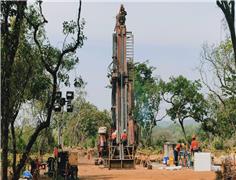
A prefeasibility study for Predictive Discovery’s (ASX: PDI) Bankan gold project in Guinea gives it a net present value ...
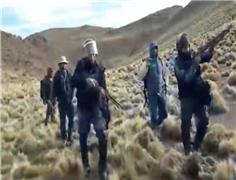
Representatives from the Peñas Negras Indigenous community, in northwestern Argentina, clashed with heavily armed police ...
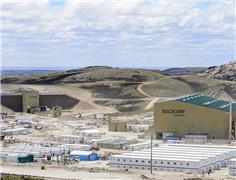
Newmont confirmed on Wednesday that two members of its workforce died this week at the Cerro Negro mine located in the ...
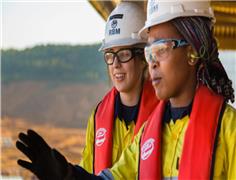
Rio Tinto said on Wednesday it is teaming up with a global venture studio and start-up investor to back the development ...
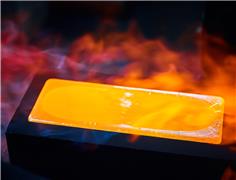
Chinese investors are snapping up stocks tied to high-flying metals from copper to gold, aiding an onshore market facing ...
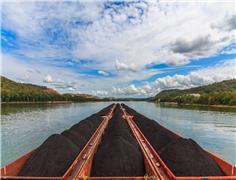
Outflows from global physically backed gold exchange traded funds (ETFs) continued for a 10th month in March, but at a ...
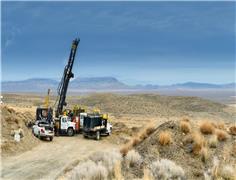
i-80 Gold fell by over 11% at market open Tuesday following its announcement of a C$100 million ($74m) public offering ...
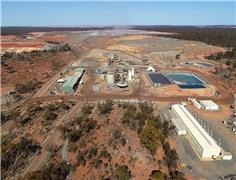
Australia’s Westgold Resources said on Monday it had agreed to acquire Toronto-listed Karora Resources in a ...
No comments have been posted yet ...